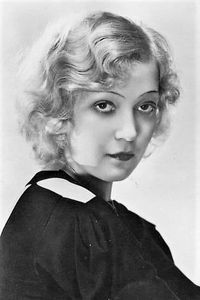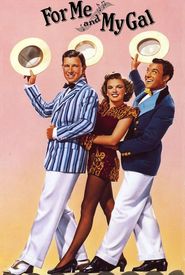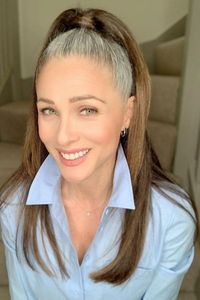Martha's life was a harmonious blend of music from the moment she was born. Her father, a banker by profession, was also an amateur pianist, while her mother, a housewife, was a talented opera singer who had sacrificed her career for the joys of marriage and motherhood. It was only natural, then, that Martha's singing abilities were soon discovered.
By the time she was eight years old, Martha was already a seasoned performer, belting out an aria from "The Barber of Seville" with ease. A critic in attendance was so impressed that he introduced her to the director of the Magyar Theater, leading to her first professional contract. By the age of ten, Martha was hailed as Hungary's "national idol," and it wasn't long before her talent transcended borders, earning her international acclaim.
An operetta, "Pogasza," was even written specifically for her crystal-clear voice. She went on to play the role of the doll in "Tales of Hoffmann" and starred in "Das Veilchen vom Montmartre" by Kalman. With the advent of sound films in the 1930s, Martha found herself in high demand, bringing her beautiful voice and captivating stage presence to yet more delighted audiences.
It was on the set of "Mein Herz ruft nach dir" that Martha met Jan Kiepura, another successful opera and operetta singer. Although their initial meeting wasn't love at first sight, the couple gradually fell in love, married two years later, and went on to have two sons together. Their marriage was only separated by death when Jan passed away in 1966.
In 1938, the couple fled Austria after its annexation by Hitler and settled in the South of France before eventually making their way to the United States. Martha continued to perform, co-starring in "The Merry Widow" on Broadway for three years alongside Jan Kiepura. She eventually became an American citizen in the 1950s and currently resides in Rye, New York.













